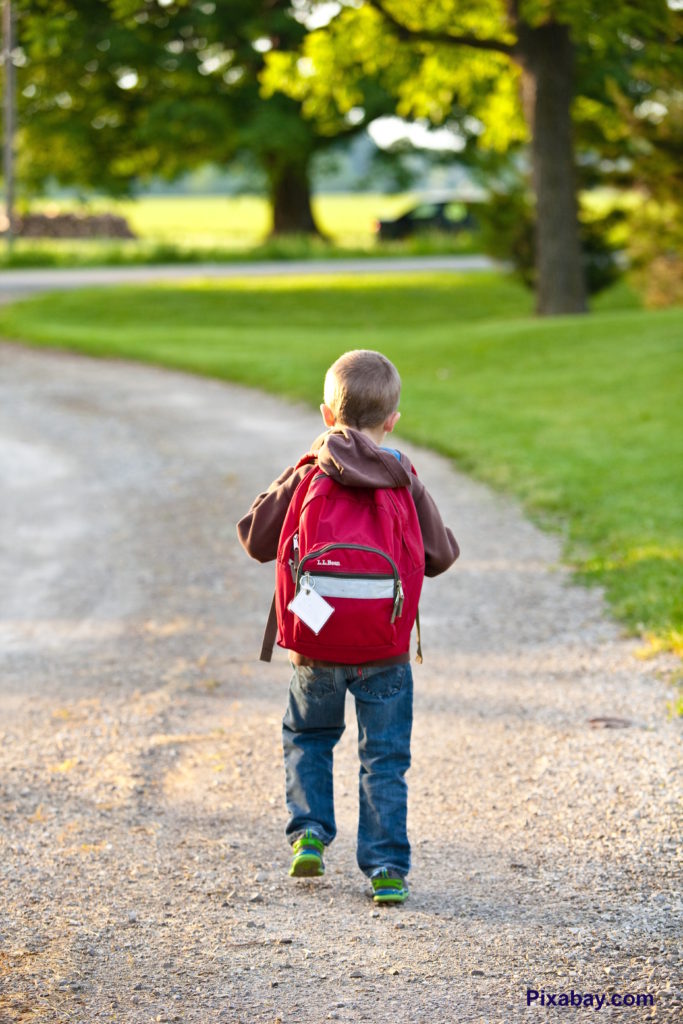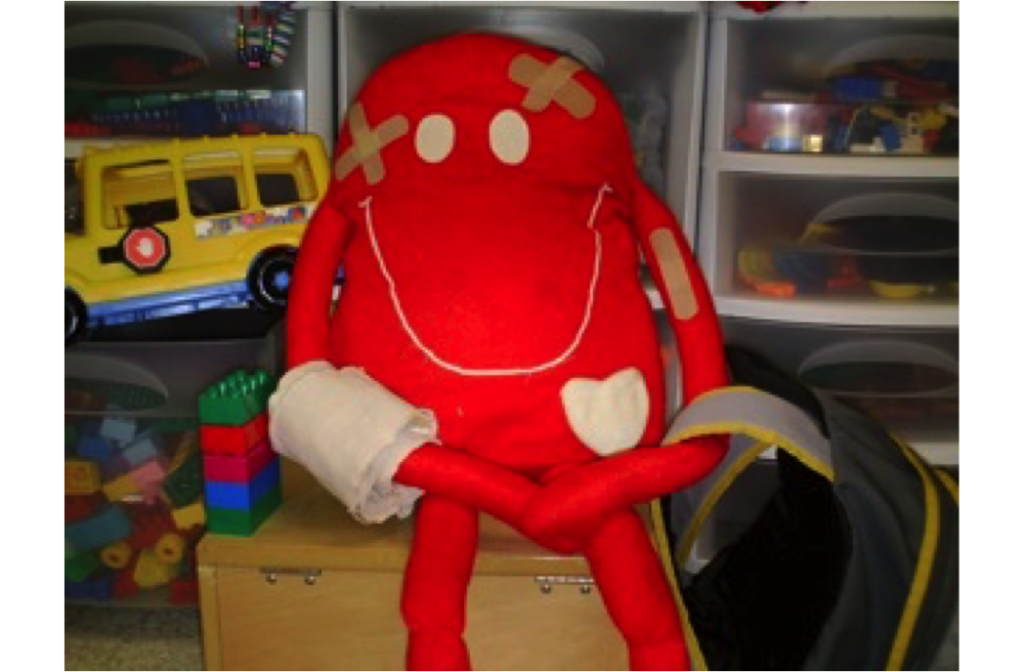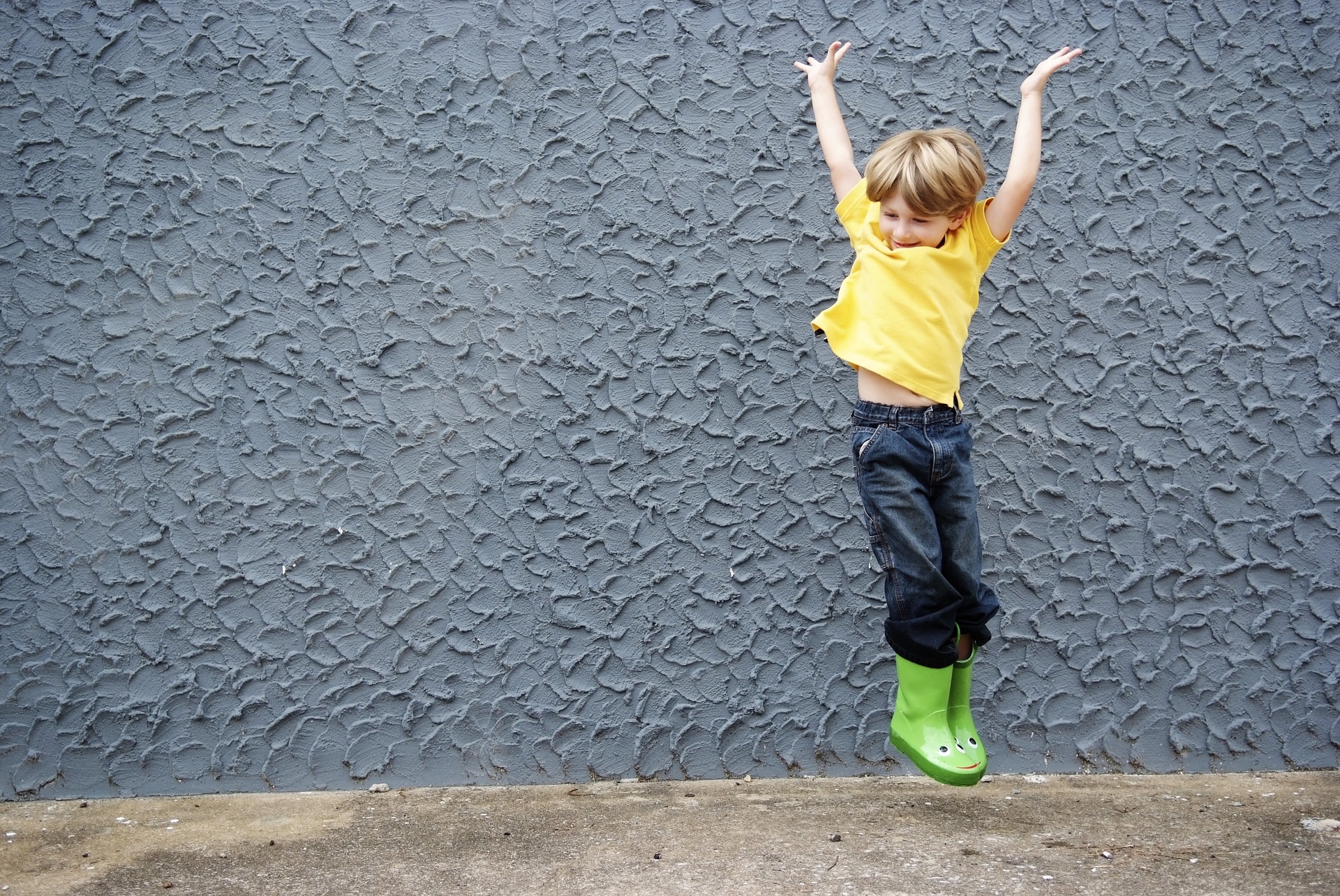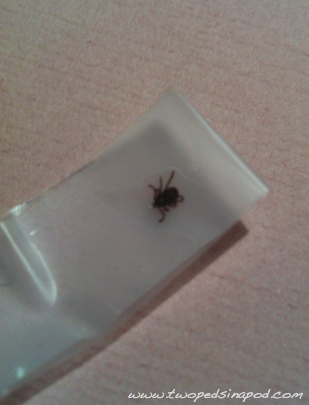 Now that you just read how to drop your kid off at school on the first day, you may be backpack shopping, pondering what to send your child for lunch, and knowing that your child will have difficulty waking up early for school. Never fear! Your Two Peds can help you and your kids get ready for school.
Now that you just read how to drop your kid off at school on the first day, you may be backpack shopping, pondering what to send your child for lunch, and knowing that your child will have difficulty waking up early for school. Never fear! Your Two Peds can help you and your kids get ready for school.
First, make sure your child’s backpack fits correctly and is not too heavy. Our guest blogger, a pediatric physical therapist, provides tips to help lighten the load.
Help your child get back on a school-friendly sleep schedule. If your child is still in summer vacation sleep mode, we provide ways to help get your child’s sleep back on track.
If your child brings lunch to school, you may need some hints on what to pack and how to beware of junk food disguised as healthy food. And this post provides suggestions for healthy snacks.
Need suggestions on how to motivate your child to want to learn? Two former school principals share their wisdom in this post.
Finally, you should know when to keep your child home for illness. This post also contains some surprising truths about when you can send your child back to school during as well as after certain maladies.
Julie Kardos, MD and Naline Lai, MD
©2018 Two Peds in a Pod®












